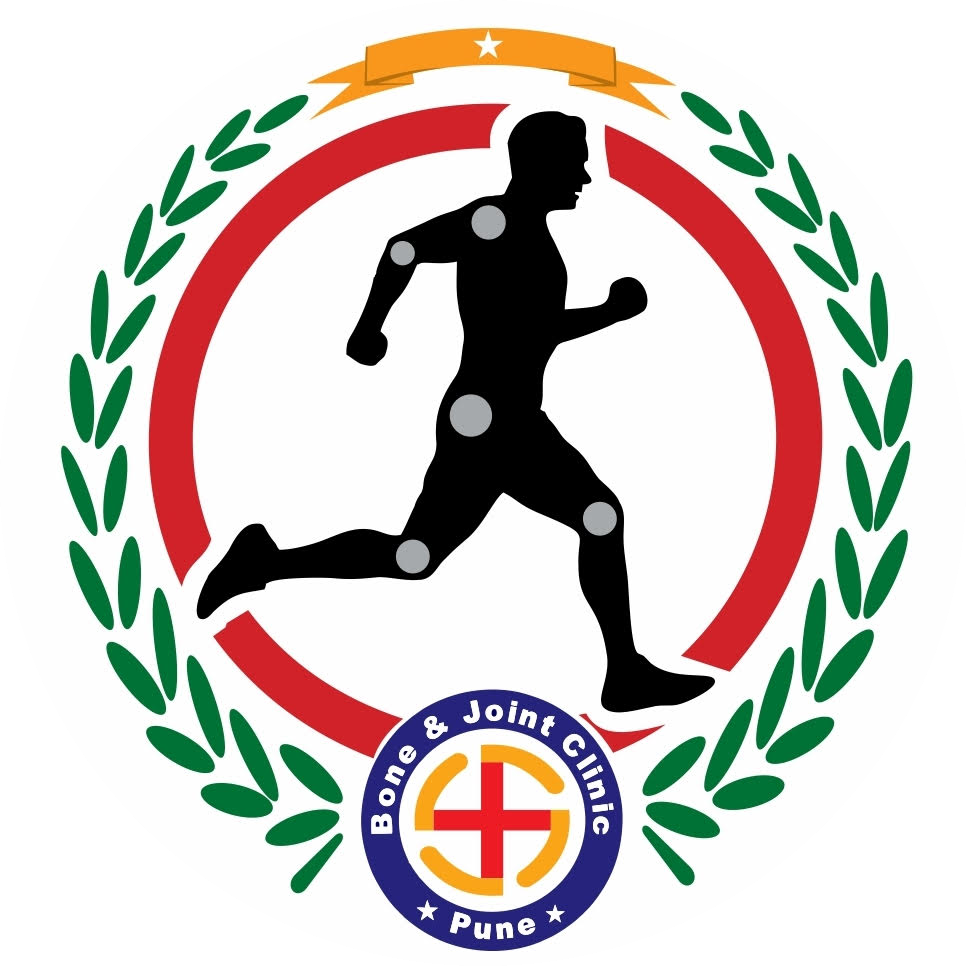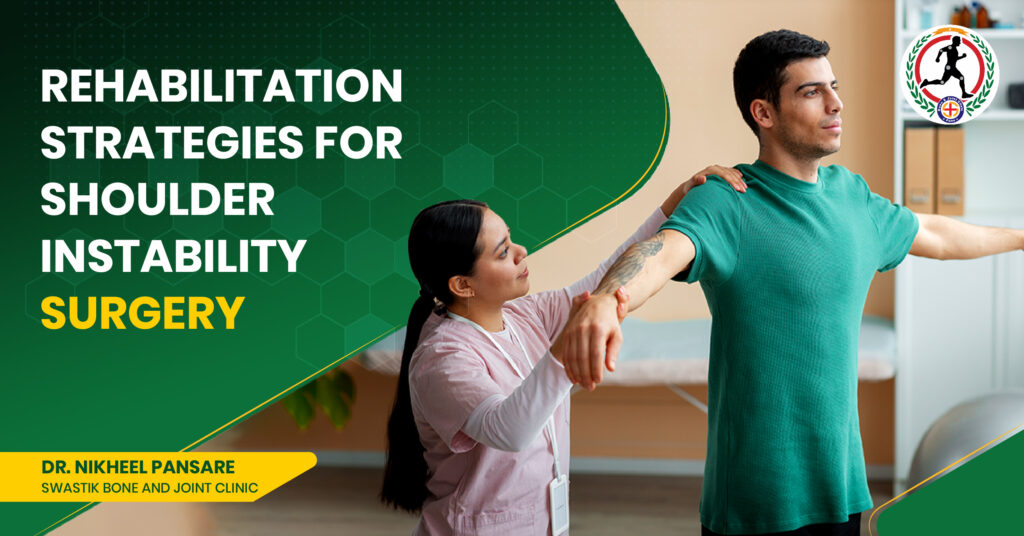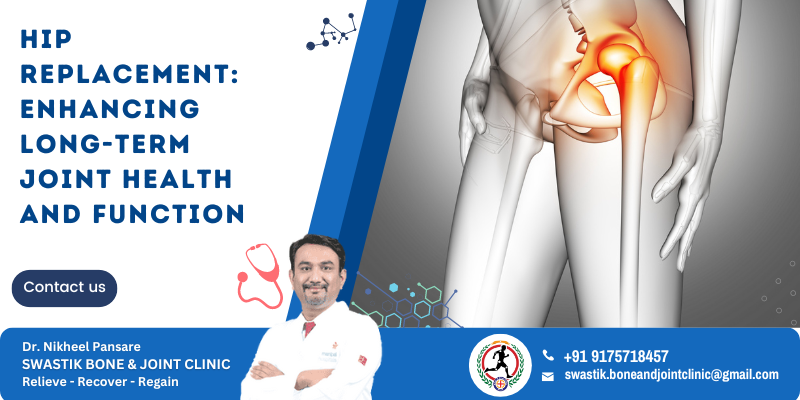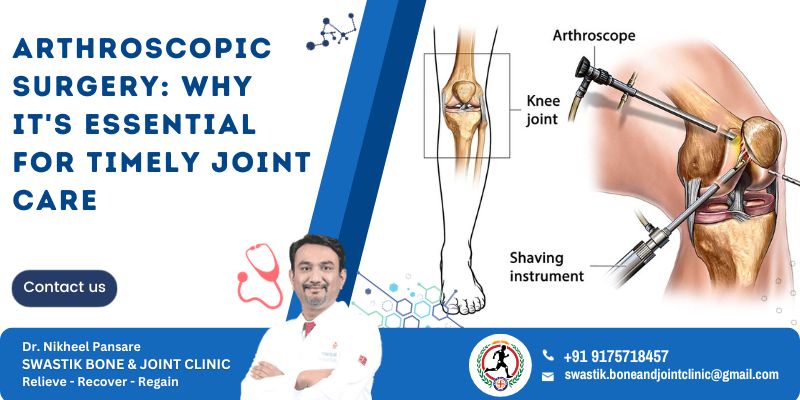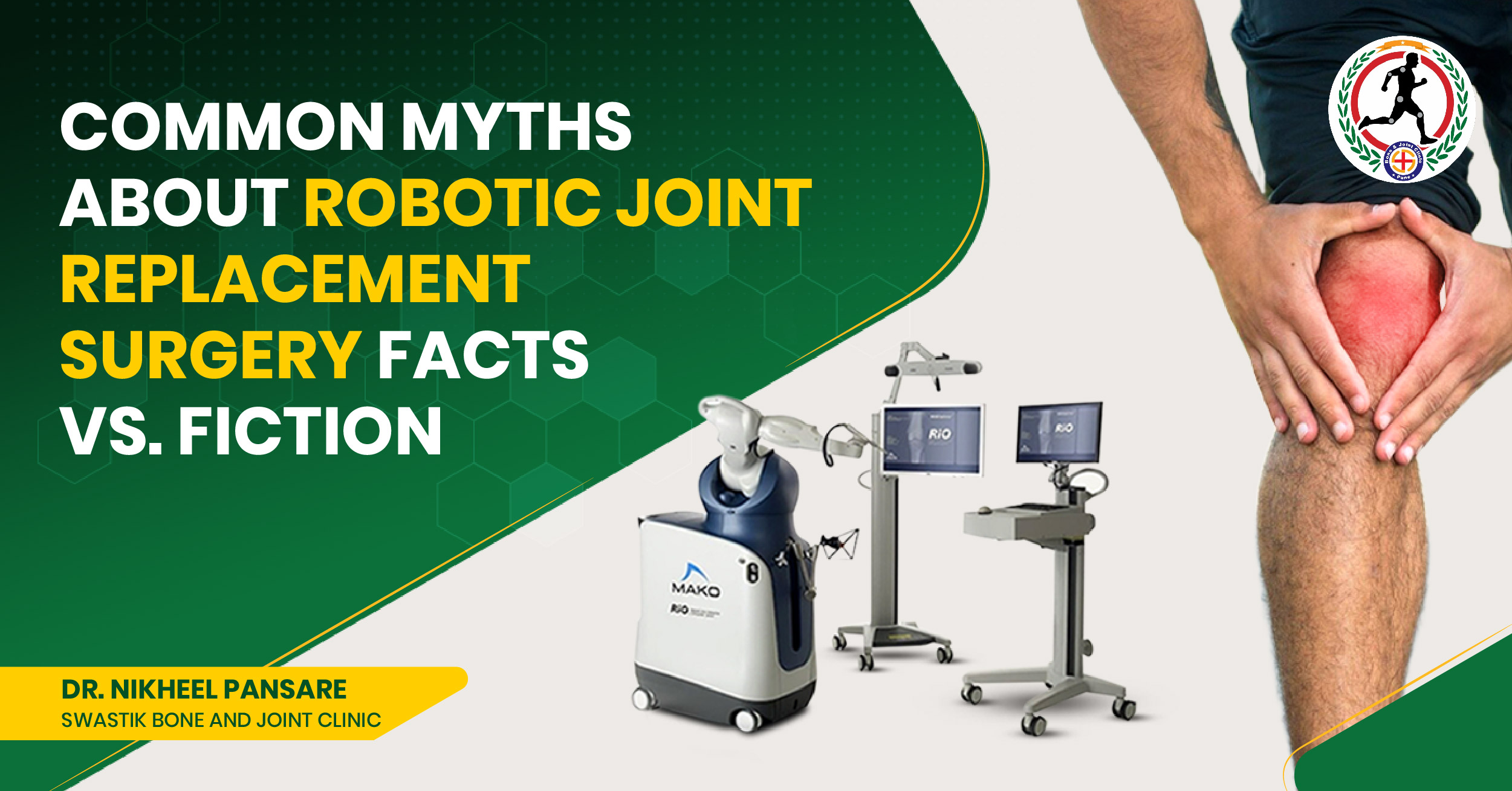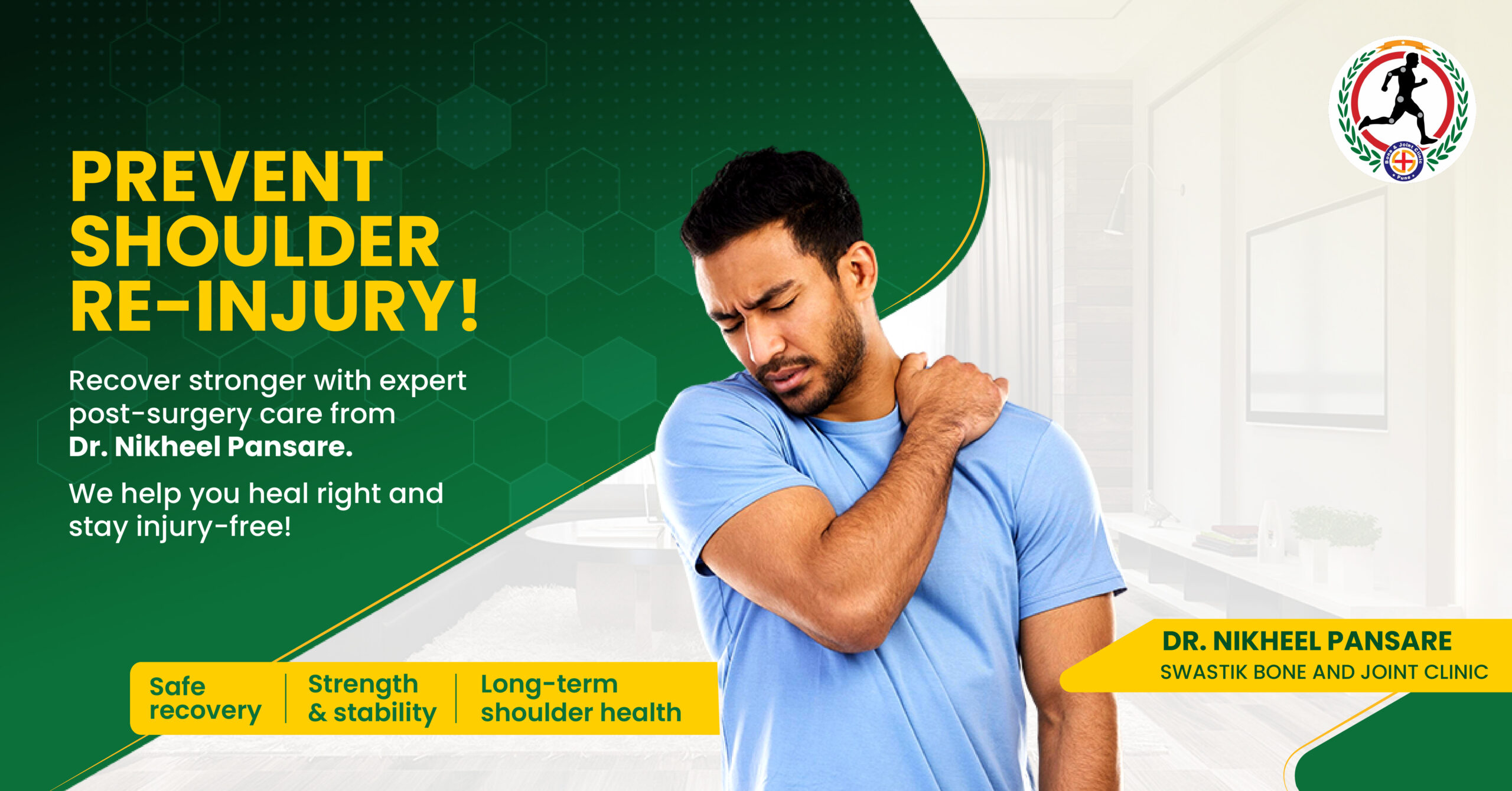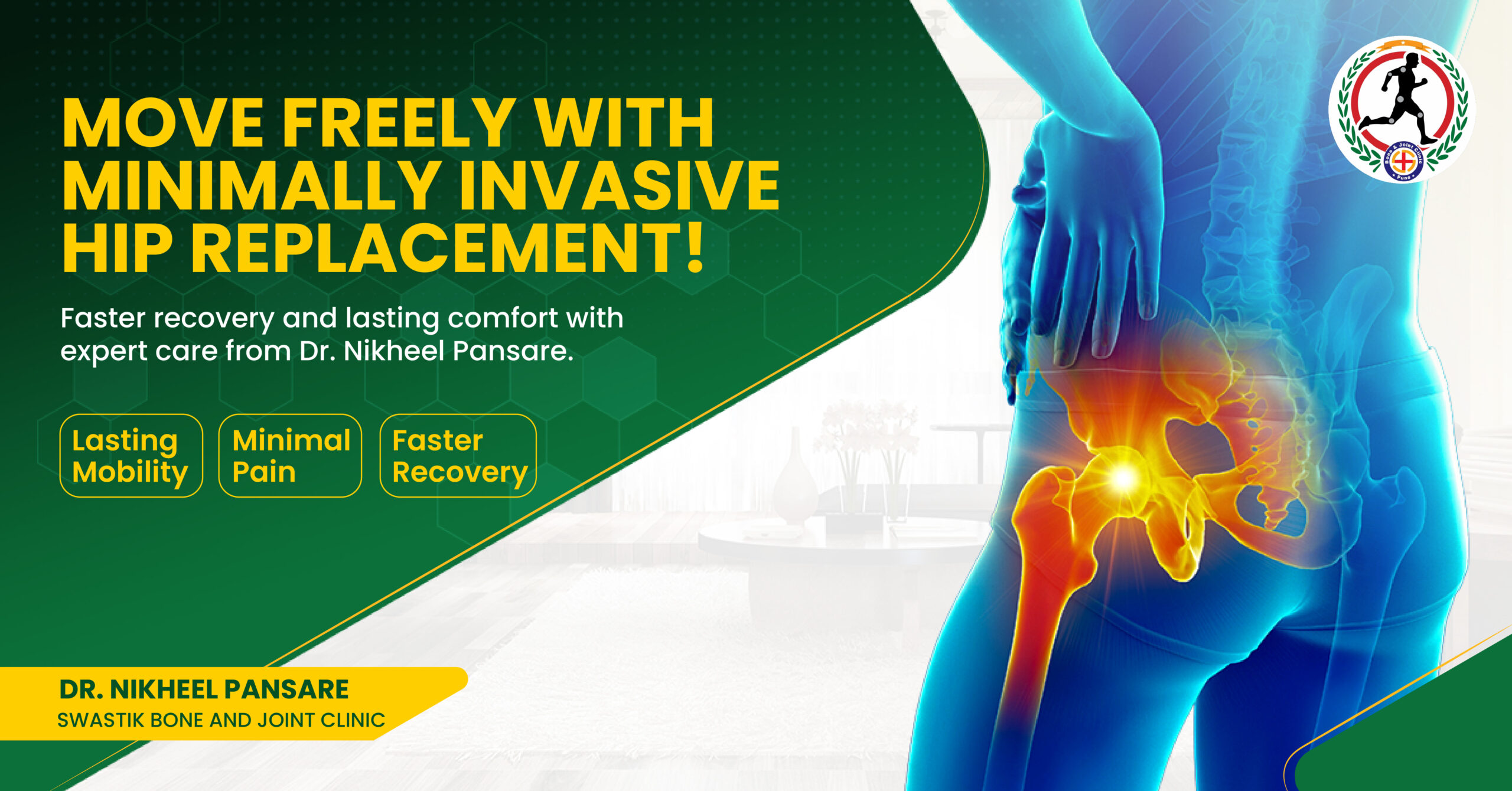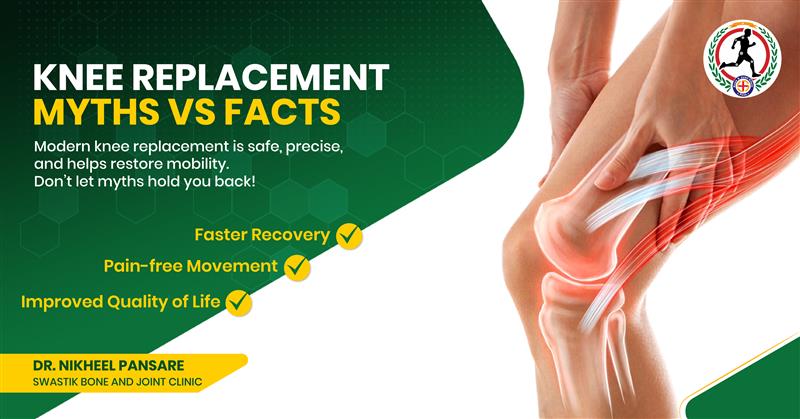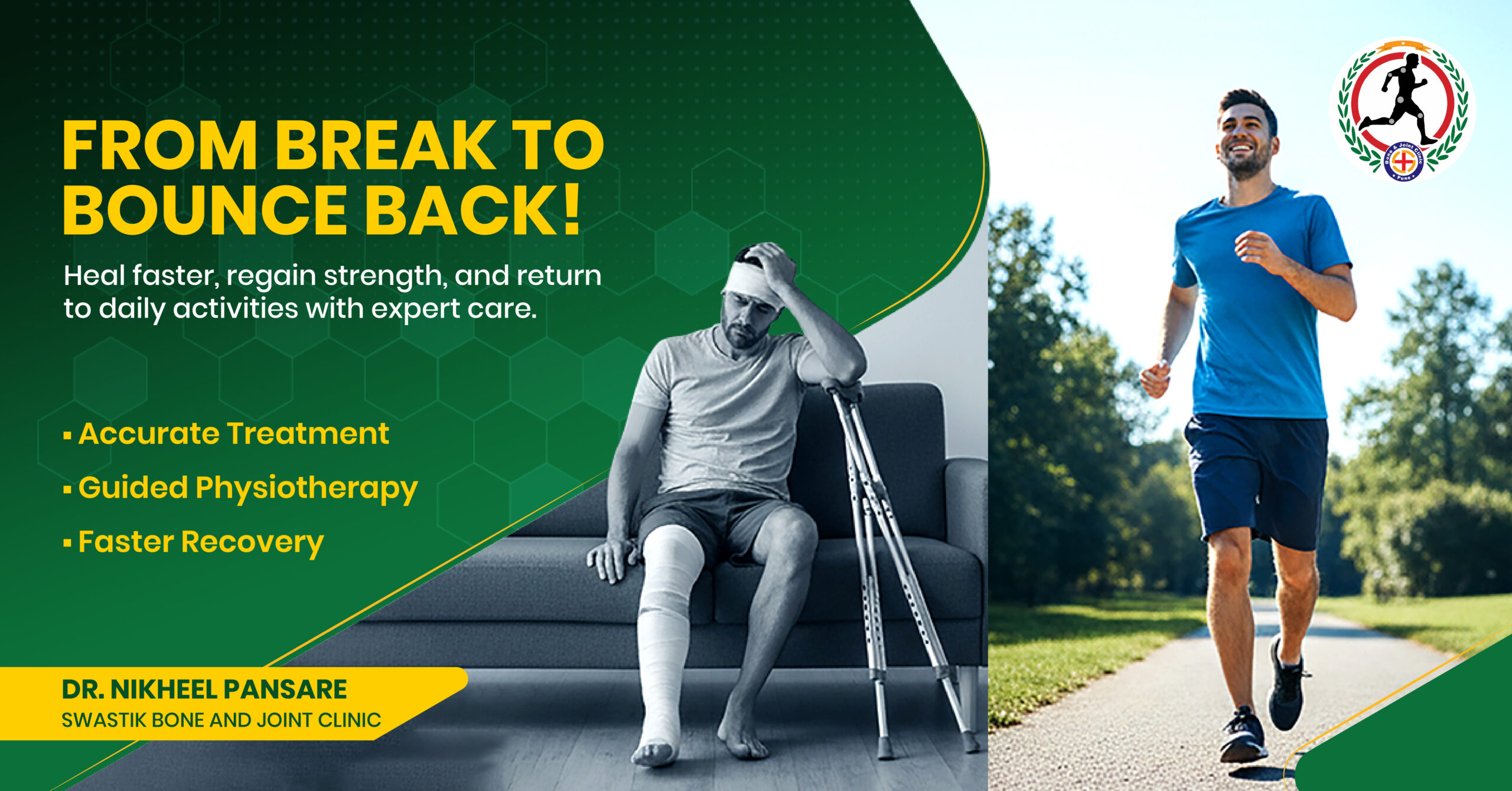Shoulder instability is a prevalent issue often resulting from dislocations or repetitive trauma to the shoulder joint. At Swastik Bone & Joint Clinic in Viman Nagar, we understand the importance of not only surgical intervention but also comprehensive rehabilitation in ensuring a complete recovery. A well-structured rehabilitation program is essential for restoring mobility, strength, and stability, enabling patients to return to their normal activities with confidence.
If you’re seeking the best orthopedic doctor in Kharadi and East Pune, look no further than Dr. Nikheel Pansare, who specializes in advanced treatments and rehabilitation for shoulder instability. In this blog, we will delve into effective rehabilitation strategies post-surgery, outlining the key phases of recovery and exercises to aid in the healing process.
What is Shoulder Instability Surgery?
Before discussing rehabilitation, it’s important to understand what shoulder instability surgery entails. The shoulder joint is naturally prone to instability due to its wide range of motion, and surgery is often needed to repair the labrum and bone that stabilize the joint. Common surgical procedures include:
- Bankart Repair: Repairs torn cartilage (labrum) surrounding the shoulder socket.
- Latarjet Procedure: Transfers a bone graft to reinforce the shoulder joint.
While surgery helps repair structural damage, post-operative rehabilitation is vital to restore full shoulder function and prevent future dislocations.
Phases of Shoulder Rehabilitation Post-Surgery
Rehabilitation after shoulder instability surgery is a multi-phase process that gradually restores function while protecting the repair. Each phase is designed to safely progress the patient from immobilization to full activity.
Phase 1: Immobilization and Healing (0-6 Weeks)
Goals:
- Protect the surgical repair.
- Minimize pain and swelling.
- Start passive movement without strain.
In the first six weeks following surgery, the shoulder is often kept in a sling to allow healing. Despite immobilization, early passive range of motion (ROM) exercises are critical to avoid stiffness.
Key Strategies:
- Sling use: Wear the sling as directed by your surgeon to protect the shoulder.
- Ice therapy: Apply ice to manage pain and inflammation.
- Passive ROM exercises: With assistance from a physical therapist, start gentle passive exercises to maintain flexibility.
Example Exercises:
- Pendulum swings: Bend forward and allow your arm to hang down, gently moving it in small circular motions.
- Assisted external rotation: Use a physical therapist or assistive device to gently rotate your arm outward without using shoulder muscles.
Phase 2: Restoring Mobility (6-12 Weeks)
Goals:
- Increase range of motion.
- Begin active-assisted exercises.
- Protect the surgical repair while enhancing flexibility.
In this phase, you’ll begin removing the sling and actively participating in rehabilitation. The focus is on gradually improving the shoulder’s mobility without compromising the healing process.
Key Strategies:
- Active-assisted ROM: Use your non-surgical arm or therapy devices to help guide the injured arm through movements.
- Stretching: Begin gentle stretching exercises to enhance mobility, especially for shoulder flexion and external rotation.
- Gradual increase in activity: Start moving the shoulder more, but avoid lifting or sudden movements.
Example Exercises:
- Wall walking: Stand in front of a wall and use your fingers to “walk” your hand up the wall, helping improve shoulder elevation.
- Pulley-assisted movements: Use a pulley system to assist in lifting the arm overhead or to the side.
Phase 3: Strengthening (12-16 Weeks)
Goals:
- Build shoulder strength.
- Improve shoulder stability.
- Continue increasing range of motion.
As your mobility improves, the focus shifts to building strength in the muscles surrounding the shoulder joint. Strengthening the rotator cuff and scapular muscles is critical for maintaining shoulder stability and preventing future dislocations.
Key Strategies:
- Isometric exercises: Begin with exercises that activate shoulder muscles without moving the joint.
- Resistance training: Gradually introduce light resistance bands or weights to strengthen the rotator cuff and shoulder stabilizers.
- Scapular stabilization: Focus on exercises that strengthen the muscles around the shoulder blade, which are key to shoulder stability.
Example Exercises:
- Isometric internal and external rotation: Press your hand against a wall or object to engage the rotator cuff without moving the arm.
- Resistance band exercises: Use a resistance band to perform external rotations and shoulder extensions, gradually increasing resistance as tolerated.
Phase 4: Advanced Strengthening (16-24 Weeks)
Goals:
- Regain full strength and stability.
- Reintroduce functional movements.
- Prepare for return to sports or normal activities.
By this phase, you should have regained most of your range of motion, and the focus is on building shoulder strength and endurance. This phase includes more dynamic and functional exercises, mimicking the movements needed for daily activities or sports.
Key Strategies:
- Dynamic exercises: Incorporate movements that require coordination, balance, and strength, such as plyometric exercises or sports-specific training.
- Functional exercises: Focus on movements that replicate real-world activities, such as lifting or reaching overhead.
- Endurance training: Gradually increase the number of repetitions to build shoulder endurance.
Example Exercises:
- Medicine ball throws: Throw a medicine ball against a wall or to a partner to improve strength and coordination.
- Push-ups: Start with modified push-ups (on the knees or against a wall) and progress to full push-ups to build shoulder and core strength.
Phase 5: Return to Full Activity (6-12 Months)
Goals:
- Achieve full shoulder function.
- Return to sports or demanding activities.
- Maintain long-term shoulder stability.
By six months to a year after surgery, most patients can return to full activity, including sports. However, continued maintenance exercises are essential to prevent future instability or dislocations.
Key Strategies:
- Sport-specific training: Reintroduce the specific movements needed for your sport or activity, gradually increasing intensity.
- Continued strength training: Keep up with regular strengthening exercises to maintain shoulder stability.
- Focus on technique: Ensure proper technique when performing sports or high-intensity activities to avoid re-injury.
Important Tips for Successful Shoulder Rehabilitation
Rehabilitation for shoulder instability post-surgery requires patience and dedication. Here are some essential tips to ensure a successful recovery:
1. Follow Your Physical Therapy Plan
Your therapist will guide you through each phase of recovery, ensuring that you don’t progress too quickly or too slowly. Follow their advice closely, especially regarding exercise intensity and duration.
2. Be Consistent with Exercises
Consistency is key to rehabilitation. Skipping exercises or not following the prescribed routine can delay recovery and lead to a weaker shoulder.
3. Monitor Pain and Progress
While some discomfort is normal, sharp pain or a sudden increase in pain could signal a problem. Communicate with your therapist if you experience any unusual symptoms.
4. Pace Yourself
It’s tempting to push yourself, but overexertion can lead to setbacks. Stick to the prescribed rehab plan and avoid activities that could strain your shoulder until cleared by your doctor or therapist.
5. Stay Positive and Motivated
Rehabilitation can be challenging, but maintaining a positive mindset will keep you motivated. Celebrate small milestones along the way, such as increased mobility or reduced pain.
Conclusion: Regaining Strength and Stability After Shoulder Surgery
Rehabilitation is a vital part of recovery following shoulder instability surgery. Through a structured program that progresses from immobilization to advanced strengthening, patients can regain mobility, strength, and stability in the shoulder joint.
At Swastik Bone & Joint Clinic, Dr. Nikheel Pansare, one of the best orthopedic doctors in Kharadi and East Pune, specializes in shoulder instability treatment and post-surgical rehabilitation. His expertise ensures that patients receive personalized care, from the initial consultation through the recovery process.
If you’re considering surgery or need rehabilitation guidance, contact Swastik Bone & Joint Clinic today for expert care from a leading orthopedic doctor in Kharadi & East Pune.
